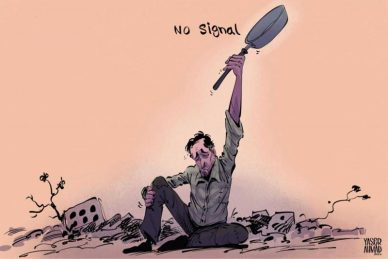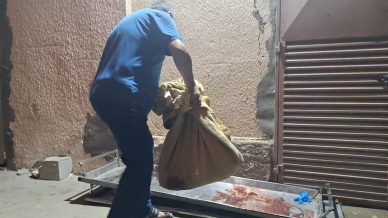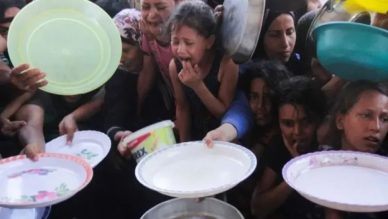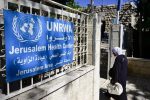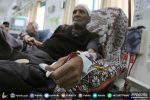GAZA, (PIC)
In Gaza, where lanterns of life are smothered one after another, lonely hearts wander, trying to lean on the seashores to moan about their unbearable pain.
At least 50,000 people were martyred, without giving a last farewell to their beloved ones, without leaving last words. Nothing of them remained, but their names are still stuck in the mouths of their mothers. And their countenances are saved in the memories of destruction.
At the remnants of the Al-Wihda Street, a woman, dressed in black, walking slowly as if stepping on a memory of glass, each step breaking her heart, she hugs a picture of her son. Her eyes try to recognize her house, looking for the traces of a life that once had been.
On the other side of the road, a slim boy stands carrying a torn doll, staring at it as if it were the last thing left out of his damaged world. His name is Yazan. Only yesterday, he was playing with his sister at his house. But now nothing is left of her but her torn, stained dress.
“Will I ever meet her again?” He asks. No answer.
At the beach, where the voices of lovers used to sing, every voice is an echo of weeping. The waves, which witnessed love stories, now doesn’t recognize anything but deep anguish.
At the camps, the elderlies sit on the floor, with their eyes gazing at the horizon, as if waiting for a return. A return to a Palestine they know, free of Nakbas.
Besides them, children who look older than they are, sit and talk. They don’t talk of toys or sweets, but of bombings and bad weather conditions, and they recite the names of the martyrs in poems they know by heart.
Amidst the damage, a tree is standing, its twigs penetrating through the cracked walls, and its leaves are still green. If the tree were to say something, it would cry: “Gaza doesn’t die despite the destruction swallowing souls and dreams. Its soil carries the martyrs and their memories to give birth of Gaza anew.”


